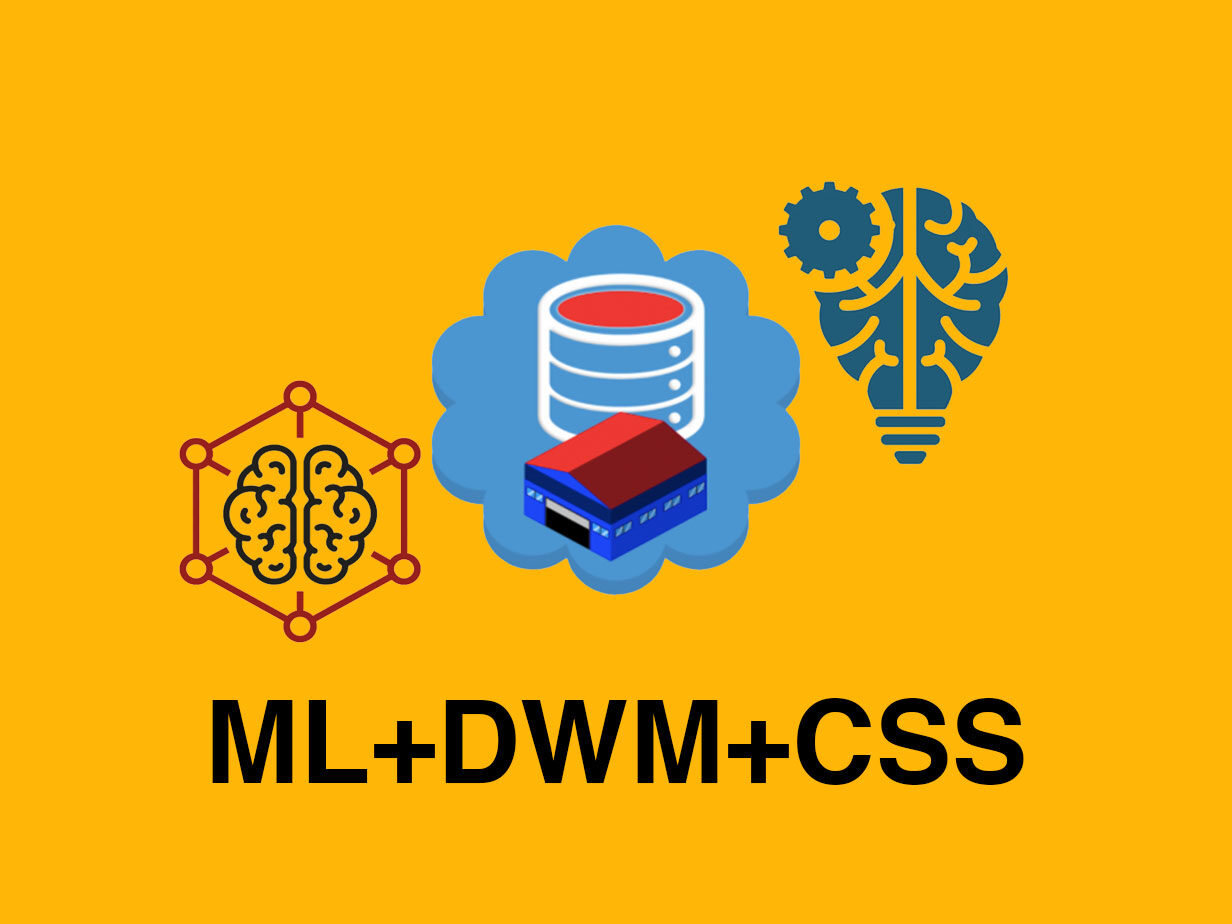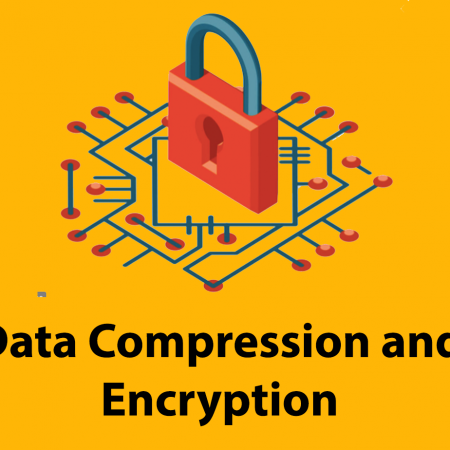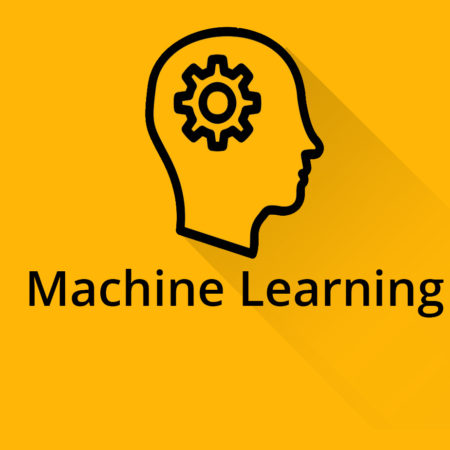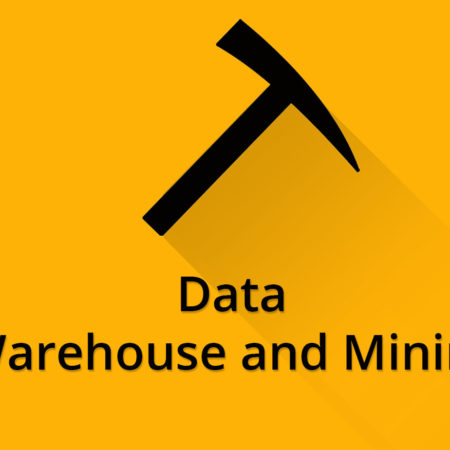ML+DWM+CSS Bundle
₹3,000.00
₹2,099.00

-
Introduction to Machine Learning
-
Learning with Regression and Trees - Machine Learning
-
Learning with Classification and clustering - Machine Learning
-
Dimensionality Reduction - Machine Learning
-
Introduction to Neural Network - Machine Learning
-
Introduction to Optimization Techniques - Machine Learning
-
Machine Learning - Notes
-
Data Warehouse and Data Mining INDEX
-
Data Warehouse and Data Mining - Notes
-
Introduction - Cryptography and System Security
-
Symmetric and Asymmetric key Cryptography and key Management - Cryptography and System Security
-
Hashes, Message Digests and Digital Certificates - Cryptography and System Security
-
Authentication Protocols & Digital signature schemes - Cryptography and System Security
-
Network Security and Applications - Cryptography and System Security
-
System Security - Cryptography and System Security
-
Extra - Cryptography and System Security
-
Cryptography and System Security - Notes
-
Software Engineering Full Notes
ML+DWM+CSS Bundle
Machine Learning is semester 6 subject of final year of computer engineering in Mumbai University. Prerequisite for studying this subject are Data Structures, Basic Probability and Statistics, Algorithms.Module Introduction to Machine Learning consists of the following subtopics, Types of Machine Learning, Issues in Machine Learning, Application of Machine Learning, and Steps in developing a Machine Learning Application. Module Introduction to Neural Network Introduction consists of the following subtopics Fundamental concept Evolution of Neural Networks Biological Neuron, Artificial Neural Networks, NN architecture, Activation functions, McCulloch-Pitts Model. Machine learning (ML) is the study of computer algorithms that improve automatically through experience. It is seen as a part of artificial intelligence. Machine learning algorithms build a model based on sample data, known as “training data”, in order to make predictions or decisions without being explicitly programmed to do so. Machine learning algorithms are used in a wide variety of applications, such as email filtering and computer vision, where it is difficult or unfeasible to develop conventional algorithms to perform the needed tasks.
Data Warehousing and Mining is semester 6 subject of final year of computer engineering in Mumbai University. Prerequisite for studying this subject are Basic database concepts, Concepts of algorithm design and analysis.Module Introduction to Data Warehouse and Dimensional modelling contains the following topics Introduction to Strategic Information, Need for Strategic Information, Features of Data Warehouse, Data warehouses versus Data Marts, Top-down versus Bottom-up approach. Data warehouse architecture, metadata, E-R modelling versus Dimensional Modelling, Information Package Diagram, STAR schema, STAR schema keys, Snowflake Schema, Fact Constellation Schema, Factless Fact tables, Update to the dimension tables, Aggregate fact tables. Module ETL Process and OLAP contains the following topics Major steps in ETL process, Data extraction: Techniques, Data transformation: Basic tasks, Major transformation types, Data Loading: Applying Data, OLTP Vs OLAP, OLAP definition, Dimensional Analysis, Hypercubes, OLAP operations: Drill down, Roll up, Slice, Dice and Rotation, OLAP models : MOLAP, ROLAP. Module Introduction to Data Mining, Data Exploration and Preprocessing contains the following topics Data Mining Task Primitives, Architecture, Techniques, KDD process, Issues in Data Mining, Applications of Data Mining, Data Exploration Types of Attributes, Statistical Description of Data, Data Visualization, Data Preprocessing: Cleaning, Integration, Reduction: Attribute subset selection, Histograms, Clustering and Sampling, Data Transformation & Data Discretization: Normalization, Binning, Concept hierarchy generation, Concept Description Attribute oriented Induction for Data Characterization. Module Classification, Prediction and Clustering: Basic Concepts, Decision Tree using Information Gain, Induction: Attribute Selection Measures, Tree pruning, Bayesian Classification: Naive Bayes, Classifier Rule Based Classification: Using IFTHEN Rules for classification, Prediction: Simple linear regression, Multiple linear regression Model Evaluation & Selection: Accuracy and Error measures, Holdout, Random Sampling, Cross Validation, Bootstrap, Clustering: Distance Measures, Partitioning Methods (k-Means, k-Medoids), Hierarchical Methods(Agglomerative, Divisive). Module Mining Frequent Patterns and Association Rules contains the following topics Market Basket Analysis, Frequent Item sets, Closed Item sets, and Association Rule, Frequent Pattern Mining, Efficient and Scalable Frequent Item set Mining Methods: Apriori Algorithm, Association Rule Generation, Improving the Efficiency of Apriori, FP growth, Mining frequent Itemsets using Vertical Data Format, Introduction to Mining Multilevel Association Rules and Multidimensional Association Rules. Module Spatial and Web Mining contains the following topics Spatial Data, Spatial Vs. Classical Data Mining, Spatial Data Structures, Mining Spatial Association and Co-location Patterns, Spatial Clustering Techniques: CLARANS Extension, Web Mining: Web Content Mining, Web Structure Mining, Web Usage mining, Applications of Web Mining.
In computing, a data warehouse (DW or DWH), also known as an enterprise data warehouse (EDW), is a system used for reporting and data analysis, and is considered a core component of business intelligence. DWs are central repositories of integrated data from one or more disparate sources. They store current and historical data in one single place that are used for creating analytical reports for workers throughout the enterprise. The data stored in the warehouse is uploaded from the operational systems (such as marketing or sales). The data may pass through an operational data store and may require data cleansing for additional operations to ensure data quality before it is used in the DW for reporting.Cryptography and System Security is semester 6 subject of computer engineering in Mumbai University. Prerequisite for studying this subject are Computer Organization. Objectives of course Cryptography and System Security is to introduce classical encryption techniques and concepts of modular arithmetic and number theory.
To explore the working principles and utilities of various cryptographic algorithms including secret key cryptography, hashes and message digests, and public key algorithms. To explore the design issues and working principles of various authentication protocols, PKI standards and various secure communication standards including Kerberos, IPsec, and SSL/TLS and email. To develop the ability to use existing cryptographic utilities to build programs for secure communication. Outcomes of course Cryptography and System Security are that at the end of the course learner will able to. Understand system security goals and concepts, classical encryption techniques and acquire fundamental knowledge on the concepts of modular arithmetic and number theory. Understand, compare and apply different encryption and decryption techniques to solve problems related to confidentiality and authentication. Apply the knowledge of cryptographic checksums and evaluate the performance of different message digest algorithms for verifying the integrity of varying message sizes. Apply different digital signature algorithms to achieve authentication and design secure applications Understand network security basics, analyze different attacks on networks and evaluate the performance of firewalls and security protocols like SSL, IPSec, and PGP. Analyze and apply system security concept to recognize malicious code.
Prepare For Your Placements: https://lastmomenttuitions.com/courses/placement-preparation/
![]()
/ Youtube Channel: https://www.youtube.com/channel/UCGFNZxMqKLsqWERX_N2f08Q
Follow For Latest Updates, Study Tips & More Content!
Course Features
- Lectures 135
- Quizzes 0
- Students 1
- Certificate No
- Assessments Yes





